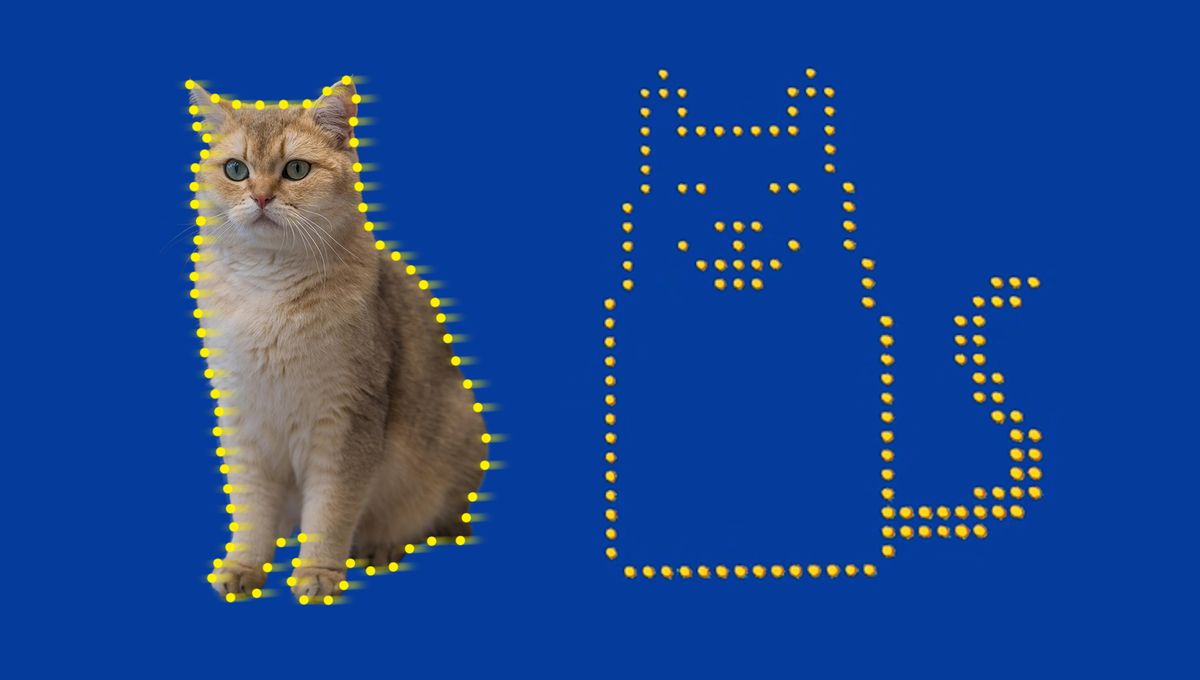
Physicists have demonstrated they can move atoms with incredible reliability, both in 2D and in 3D – and to really show it off, they created the world’s smallest cat video: a movie of 2024 rubidium atoms showing the famous quantum cat thought experiment first suggested by Erwin Schrodinger. The approach employs a machine learning algorithm and optical traps that can rearrange thousands of atoms in just 60 milliseconds. The movie, which can be watched below, is slowed down by about 33 times.
The rest of this article is behind a paywall. Please sign in or subscribe to access the full content.
The quantum cat is probably the most famous of all quantum thought experiments, and aims at linking the macroscopic world we inhabit to the quantum. Imagine you have a vial of poison in a box that is activated by the occurrence of a certain quantum process, such as a nuclear decay, that has a certain probability to occur within a certain time.
Now, let’s take our hypothetical cat and put it in the box with the poison and the quantum process. The quantum process is in superposition. If it’s a nuclear decay, it’s in a state where it both has and has not decayed. Not one or the other, but both – at least until observed. So the poison has and has not been released. The cat is both dead and alive. (Just to be clear, no cat was harmed in the making of this thought experiment. We’ve had complaints before!)
In this movie, the atoms are arranged forming images corresponding to the salient moment of the thought experiment. The 2024 rubidium atoms are moved around by optical tweezer traps. These are focused laser beams that can be used to shift small particles around, like mini-tractor beams. Scientists can use them to hold, move, and position objects without any physical contact.
Optical tweezers have found a wide range of applications, but what the researchers demonstrate is the ability to move many atoms quickly and reliably. They used a machine learning algorithm, the technical name of what is commonly referred to as artificial intelligence these days, and armed with that, they can assemble arrays of atoms in both two dimensions and three dimensions. The rearranging takes a fraction of a second, just 60 milliseconds.
“This protocol can be readily used to generate defect-free arrays of tens of thousands of atoms with current technologies and become a useful toolbox for quantum error correction,” the authors wrote in the paper. Quantum error correction is an important tool in quantum computing.
A paper describing the results is published in the journal Physical Review Letters.
Source Link: Physicists Create The Smallest Cat Video Ever Made Of Just 2024 Atoms